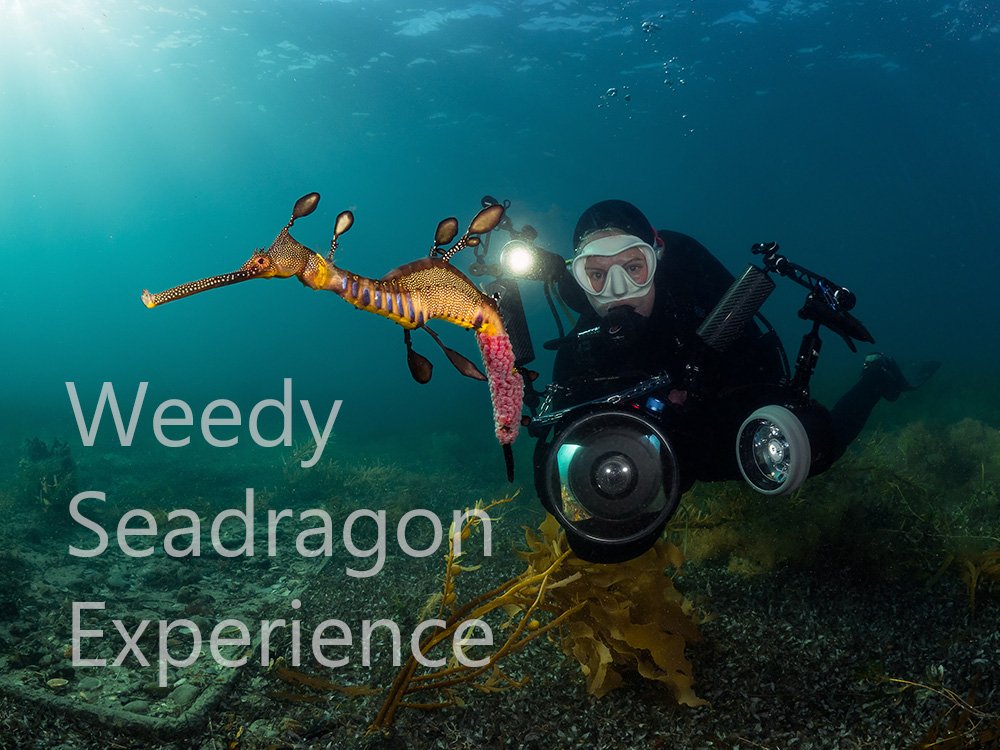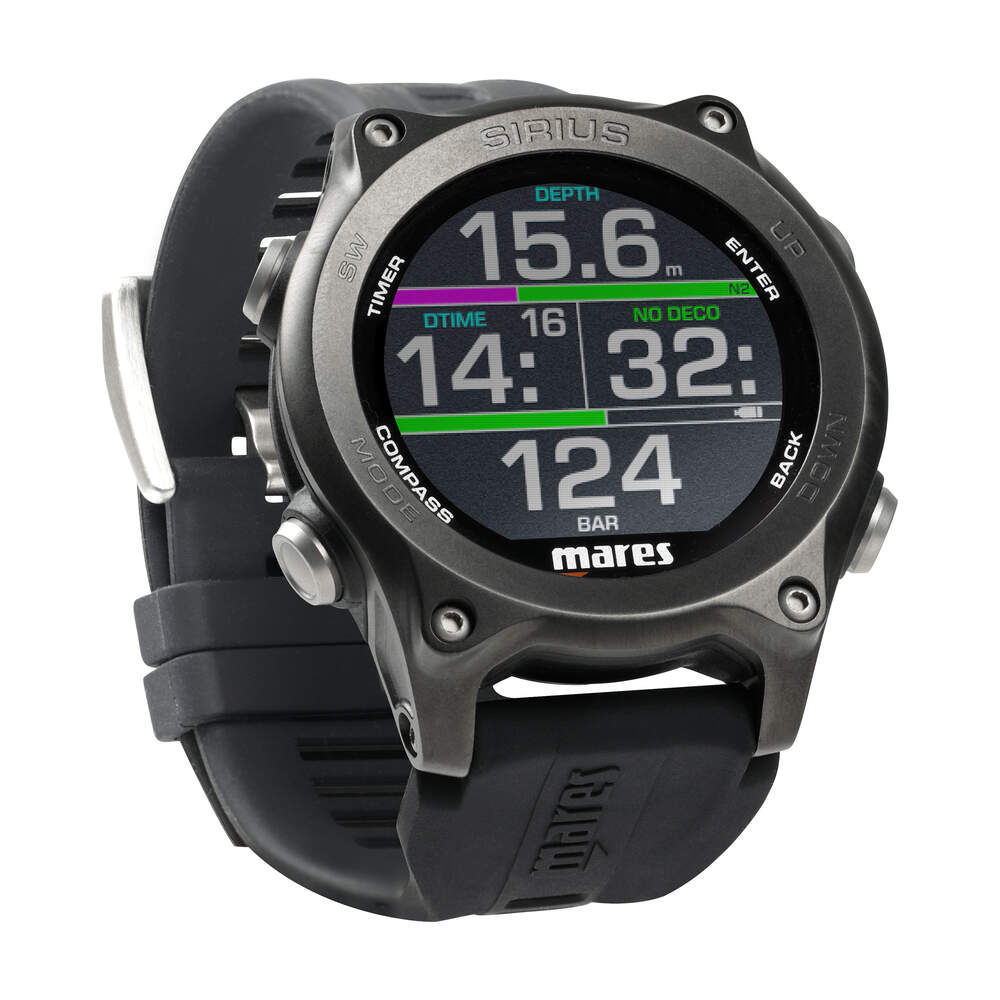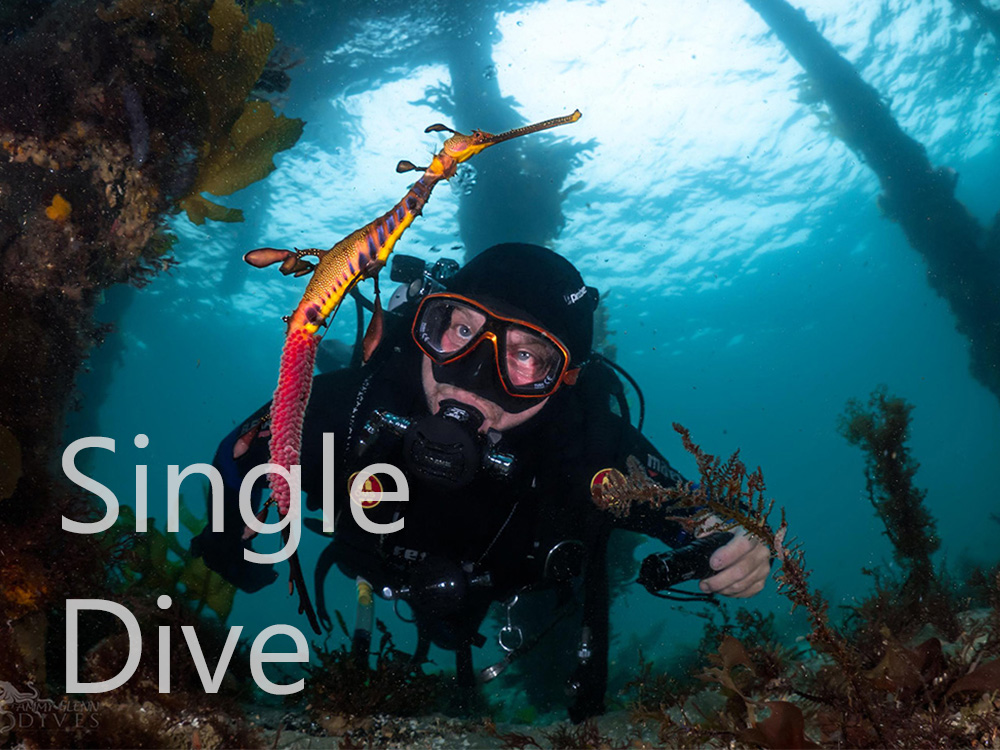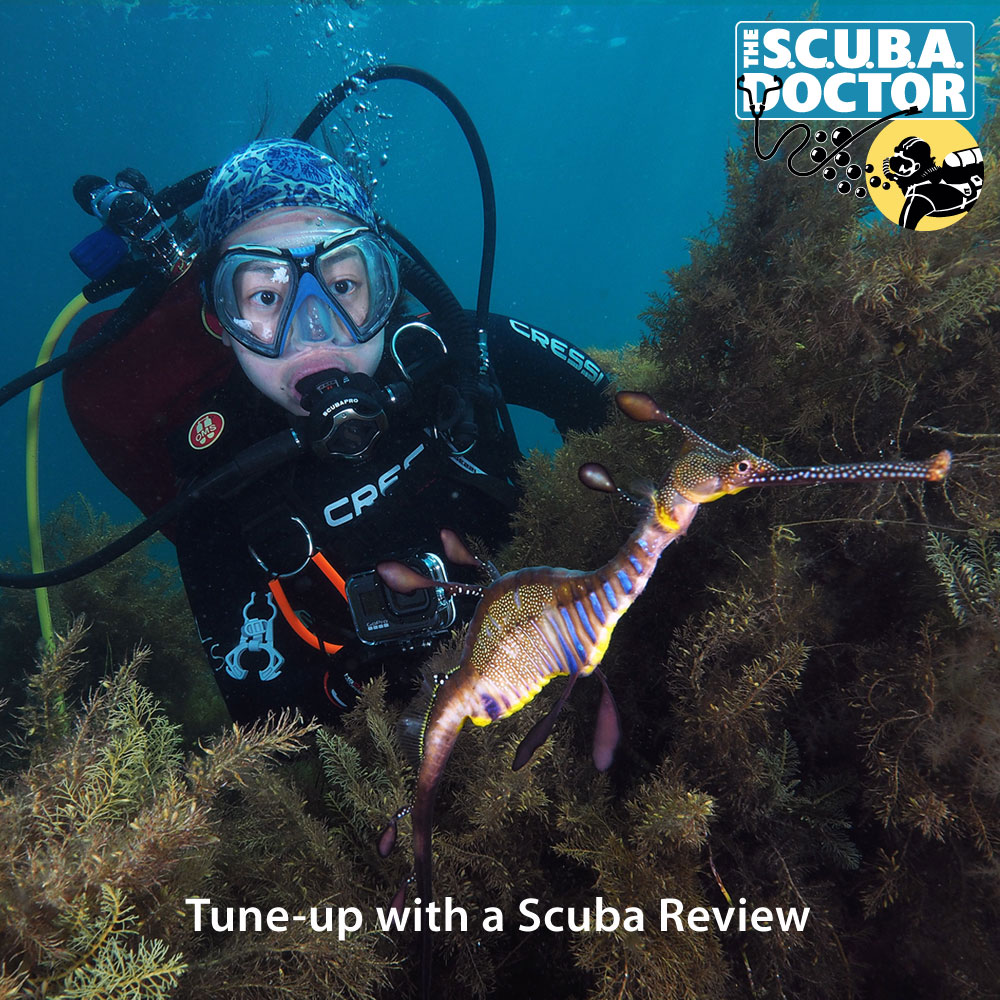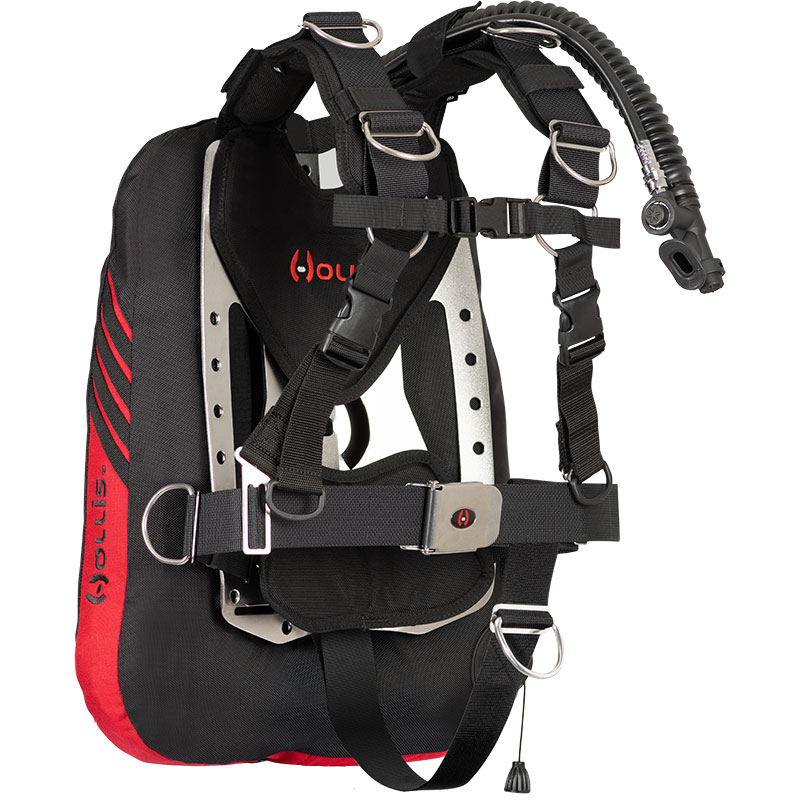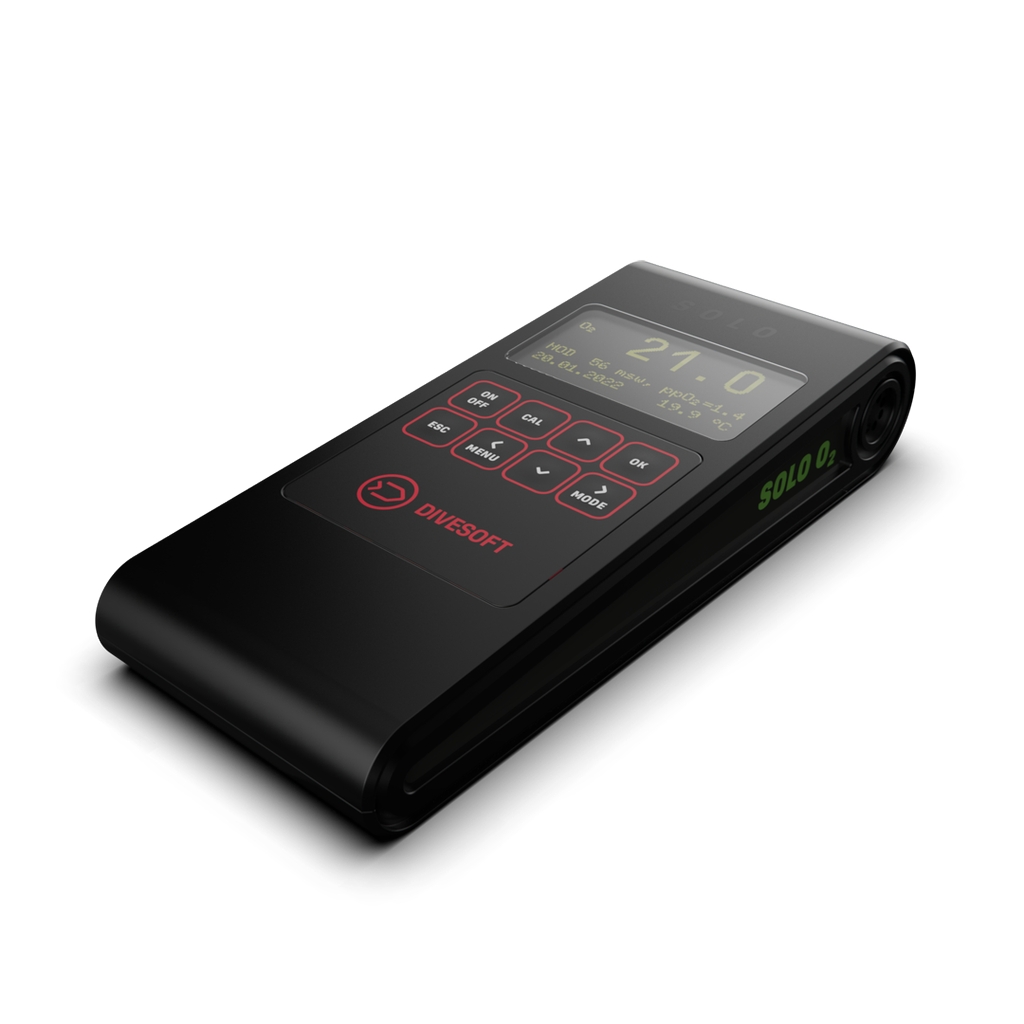Navigation
Cave divers use a distinct set of markers to determine the direction and distance travelled in a cave. These markers must be identifiable through sight and touch should the divers find themselves in limited or zero visibility. Many wreck divers have also adopted using these directional and non-directional markers.
Directional markers are known as "line arrows" in the cave diving community. Many popular cave and wreck diving systems have permanent line arrows at regular intervals (for example, every 30 metres or 100 feet) pointing to the nearest exit. If there is a numerical value displayed on the line arrow, it is most likely identifying the distance to the nearest exit.
Non-directional markers are known as "cookies" in the cave diving community. Cookies are used to mark reference points for divers during circuits and traverses, distinguishing lines at a 'T' intersection, or placed by each member of a team on a jump or gap line to identify who has exited should the team get separated. Non-directional markers should have some form of personal identification printed on them such as initials, or drawings. Some cave divers add a personal tactile element to help identify their marker should they encounter zero visibility; these tactile identifiers may include slits on the side or holes punched through the marker. A non-directional marker is only to be referenced by the diver or team who installed it and should be ignored by others.
Referencing Exit Markers (REM) are a relatively new marker designed to be used as an arrow by the diver placing it and a cookie by others. It's a hybrid marker. A REM is rectangular in shape with slots included enabling divers to attach it to a line. It also has blank space available to include personal or team identification on one side and a small slate on the other to write on for reasons such as survey work, team separation (i.e. I exited the cave at 37 minutes), and more.
You can trust the range of top-quality line markers and cookies from The Scuba Doctor.
Merlan Inner Reef
![]() Reef Dive |
Reef Dive | ![]() Boat access
Boat access
![]()
![]()
![]()
![]()
![]()
Depth: 2 m (6.56 ft) to 7 m (23 ft)
Level: Open Water and beyond.
Merlan Inner Reef is so named after a yacht that struck on Point Lonsdale Reef in the past and drifted ashore just to the North West of this reef. The site lies near Merian Reef in the Port Phillip Heads Marine National Park. This is a boat dive that can be dived on each side of the slack water. When a moderate swell is running keep clear of this site as the waves can break quite easily here, so only attempt when the swell is low.
It is a series of small detached reefs that lie in 7 metres of water and come within 2 to 3 metres of the surface. Each reef is separate from the next and you can swim between the reefs quite easily, but just be aware of your location, because if you are swept away, it could be a long swim. The reefs have many caves, ledges and crevices to explore, so take your time to explore and investigate. Often you will see some big Blue Groper or a large Crayfish, as well as many plate size Green-lip Abalone.
This is a dive for the open-water diver to explore a shallow reef system in relative safety. Just remember to plan the dive around slack-water when the currents are diminished.
See WillyWeather (Port Phillip Heads) as a guide for the tide times and the height of the tide.
The Rip & Tides Warning: Always keep an eye on sea conditions throughout any shore or boat dive within "The Rip" (aka "The Heads"). This is a dangerous stretch of water, where Bass Straight meets Port Phillip, which has claimed many ships and lives. Please read the warnings on the web page diving-the-rip before diving or snorkelling this site.
Port Phillip Heads Marine National Park
This site lies in the Port Phillip Heads Marine National Park. The park is made up of six separate marine areas around the southern end of Port Phillip: Swan Bay, Mud Islands, Point Lonsdale, Point Nepean, Popes Eye, and Portsea Hole.
Thirty-one of the 120 shipwrecks known to have occurred within a 10 nautical mile radius of Port Phillip Heads are thought to be within the Port Phillip Heads Marine National Park in Point Lonsdale and Point Nepean.
Aboriginal tradition indicates that the Bellarine Peninsula side of the Port Phillip Heads Marine National Park is part of Country of the Wathaurung people, and the Mornington Peninsula side, including Mud Islands, is part of Country of the Boon Wurrung people.
See also, Parks Victoria: Port Phillip Heads Marine National Park,
Park Note: Port Phillip Heads Marine National Park,
Port Phillip Heads Marine National Park - Map,
Divers Guide - Port Phillip Heads Marine National Park,
Port Phillip Heads Marine National Park Identification Booklet, and
Taxonomic Toolkit for the Marine Life of Port Phillip Bay.
You are not permitted to carry a spear gun while snorkelling or scuba diving in Port Phillip Heads Marine National Park.
Traditional Owners — This dive site is in the traditional Country of the Wathaurong (Wadda-Warrung) people of the Kulin Nation. This truly ancient Country includes the coastline of Port Phillip, from the Werribee River in the north-east, the Bellarine Peninsula, and down to Cape Otway in the south-west. We wish to acknowledge the Wathaurong as Traditional Owners. We pay respect to their Ancestors and their Elders, past, present and emerging. We acknowledge Bunjil the Creator Spirit of this beautiful land, who travels as an eagle, and Waarn, who protects the waterways and travels as a crow, and thank them for continuing to watch over this Country today and beyond.
Merlan Inner Reef Location Map
Latitude: 38° 17.240′ S (38.287335° S / 38° 17′ 14.41″ S)
Longitude: 144° 37.200′ E (144.619997° E / 144° 37′ 11.99″ E)
Datum: WGS84 |
Google Map
Added: 2020-07-16 15:13:08 GMT, Last updated: 2022-04-06 19:37:26 GMT
Source: Divers Guide - Port Phillip Heads Marine National Park
Nearest Neighbour: Point Lonsdale Township Reef, 345 m, bearing 280°, W
Near Merian Reef, Port Phillip Heads Marine National Park.
Depth: 2 to 7 m.
[ Top ]
DISCLAIMER: No claim is made by The Scuba Doctor as to the accuracy of the dive site coordinates listed here. Should anyone decide to use these GPS marks to locate and dive on a site, they do so entirely at their own risk. Always verify against other sources.
The marks come from numerous sources including commercial operators, independent dive clubs, reference works, and active divers. Some are known to be accurate, while others may not be. Some GPS marks may even have come from maps using the AGD66 datum, and thus may need be converted to the WGS84 datum. To distinguish between the possible accuracy of the dive site marks, we've tried to give each mark a source of GPS, Google Earth, or unknown.
Copyright © 2005-2022 by The Scuba Doctor Australia, ABN 88 116 755 170. All rights reserved.
tel. +61 3 5985 1700 :: email. diveshop@scubadoctor.com.au :: Web site by it'sTechnical 2022


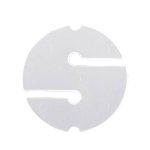



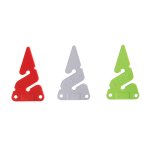
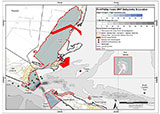
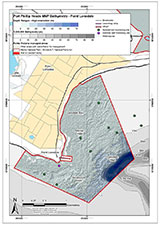
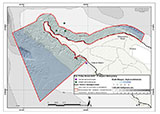
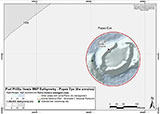
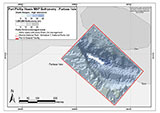
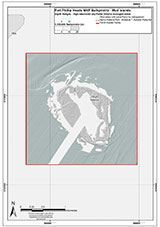
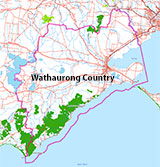



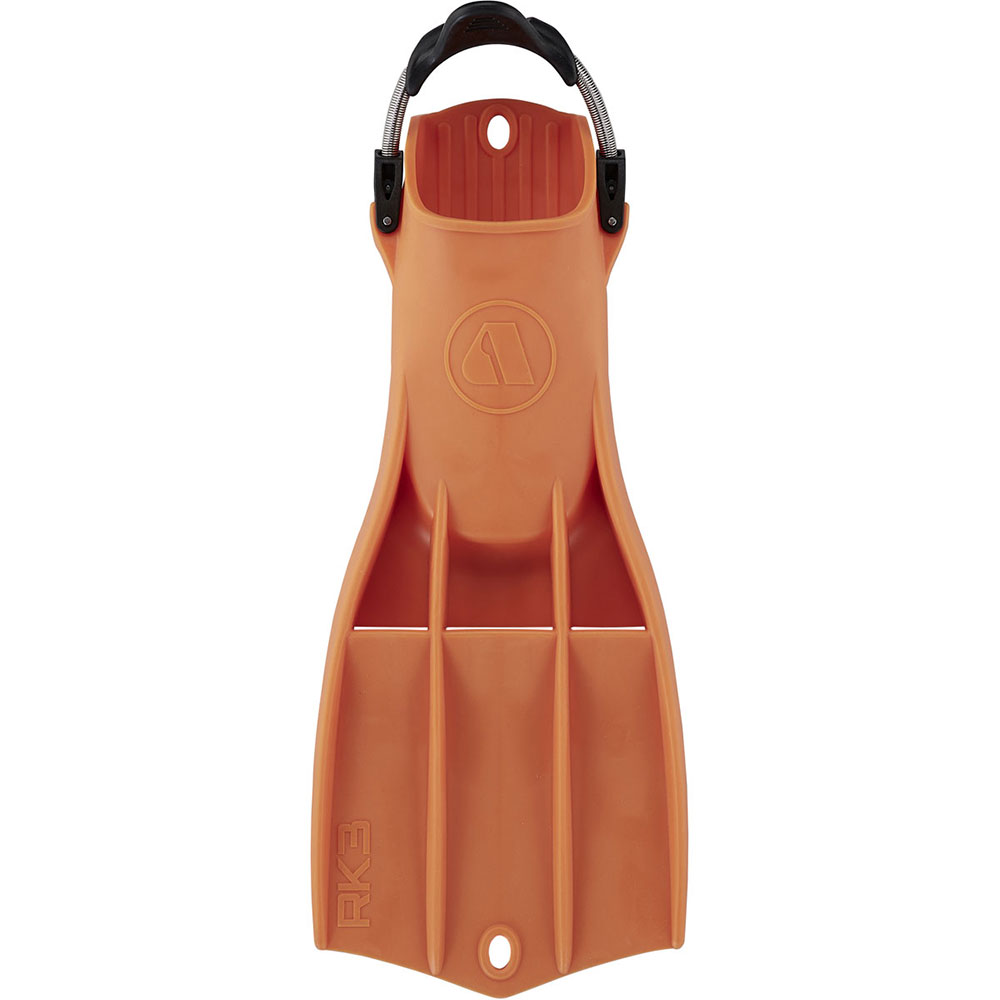




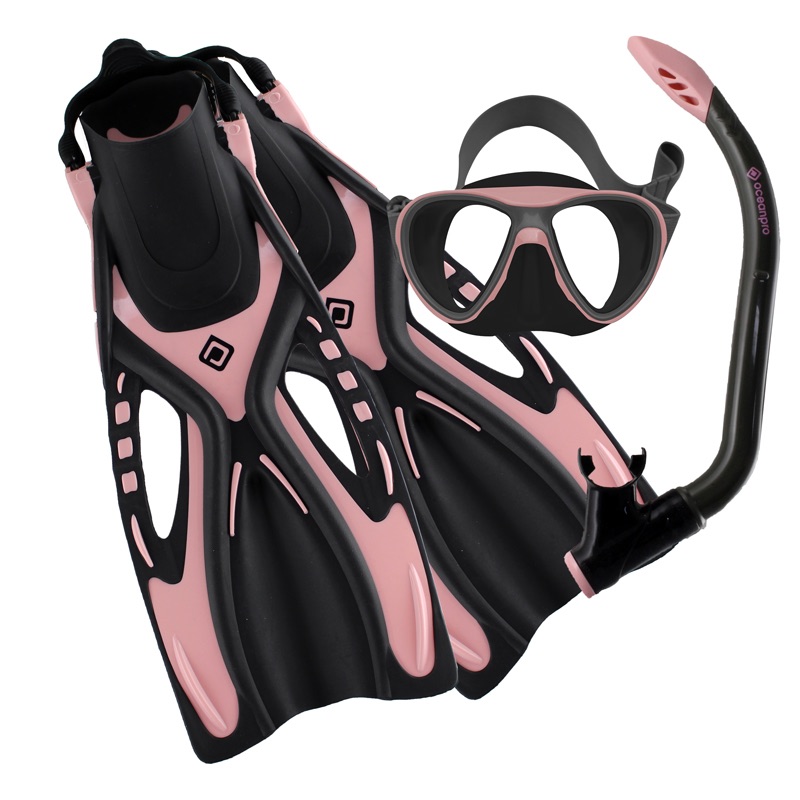

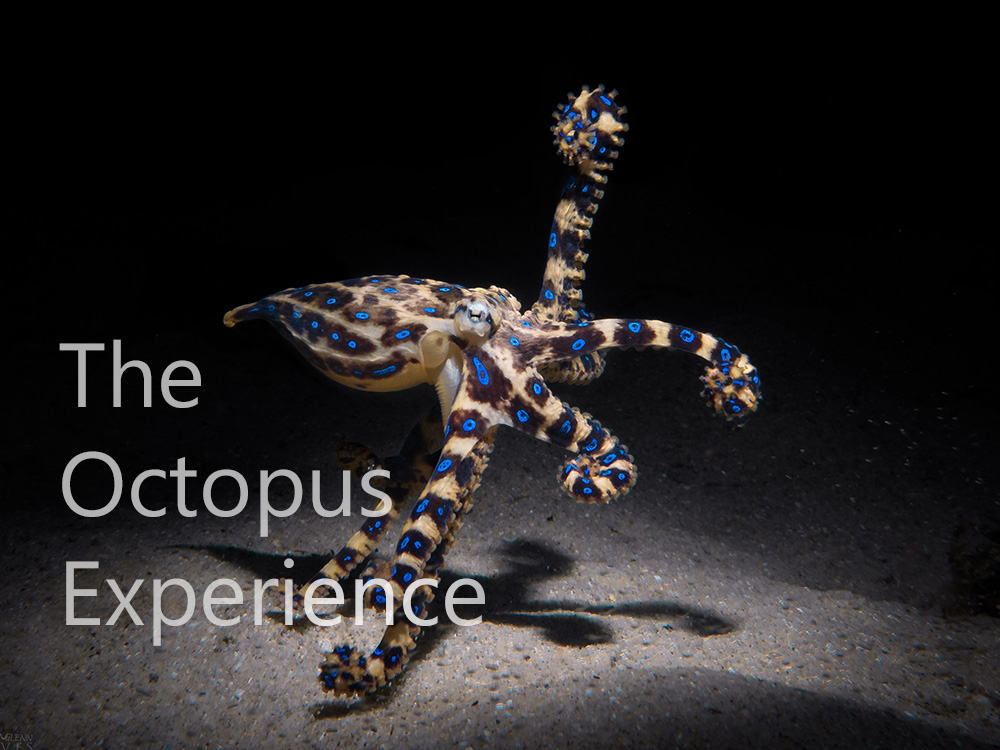
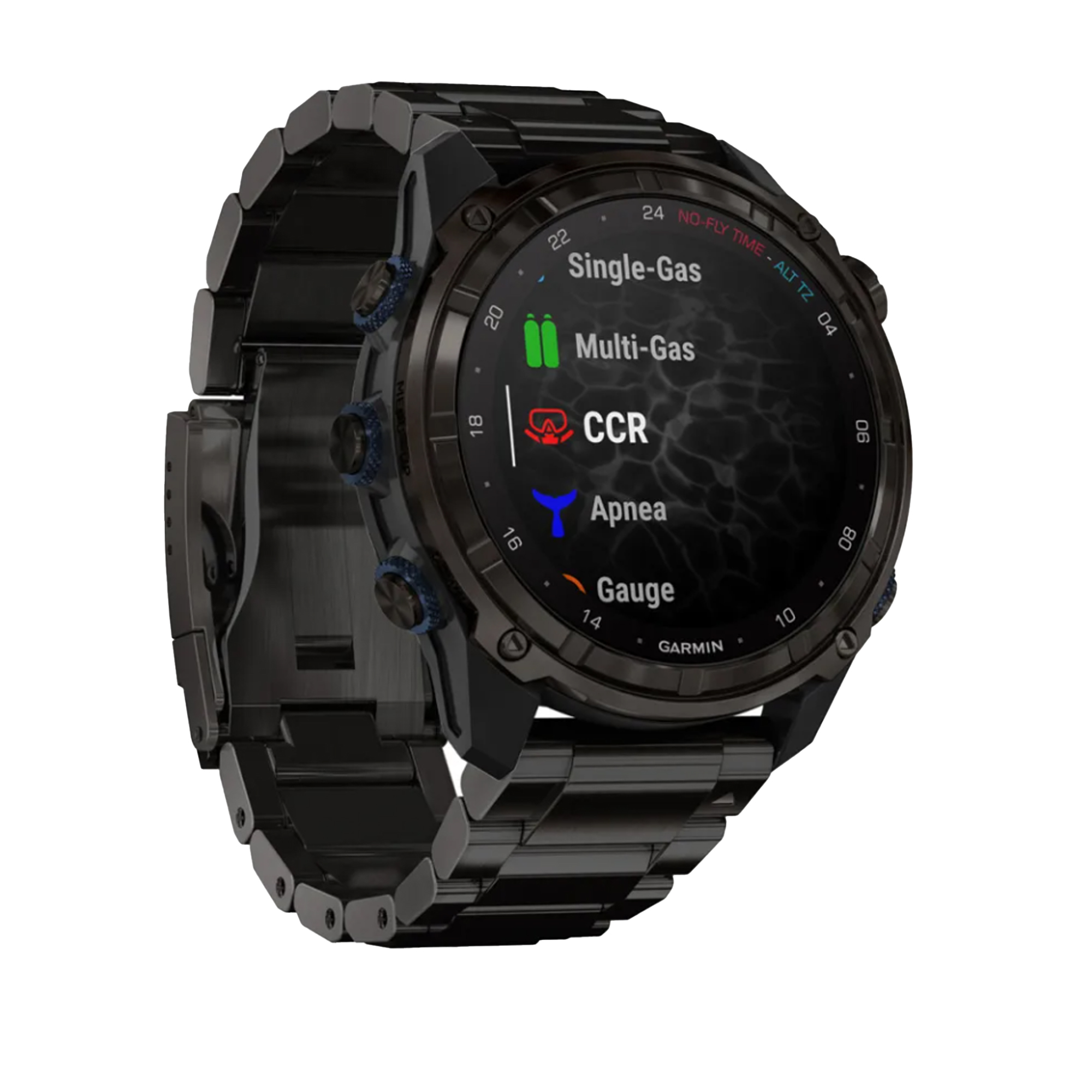
![Halcyon Infinity 30lb System [SS Small Backplate] Halcyon Infinity 30lb System [SS Small Backplate]](/diveshop/images/halcyon/Halcyon-Evolve-Wing.jpg)
